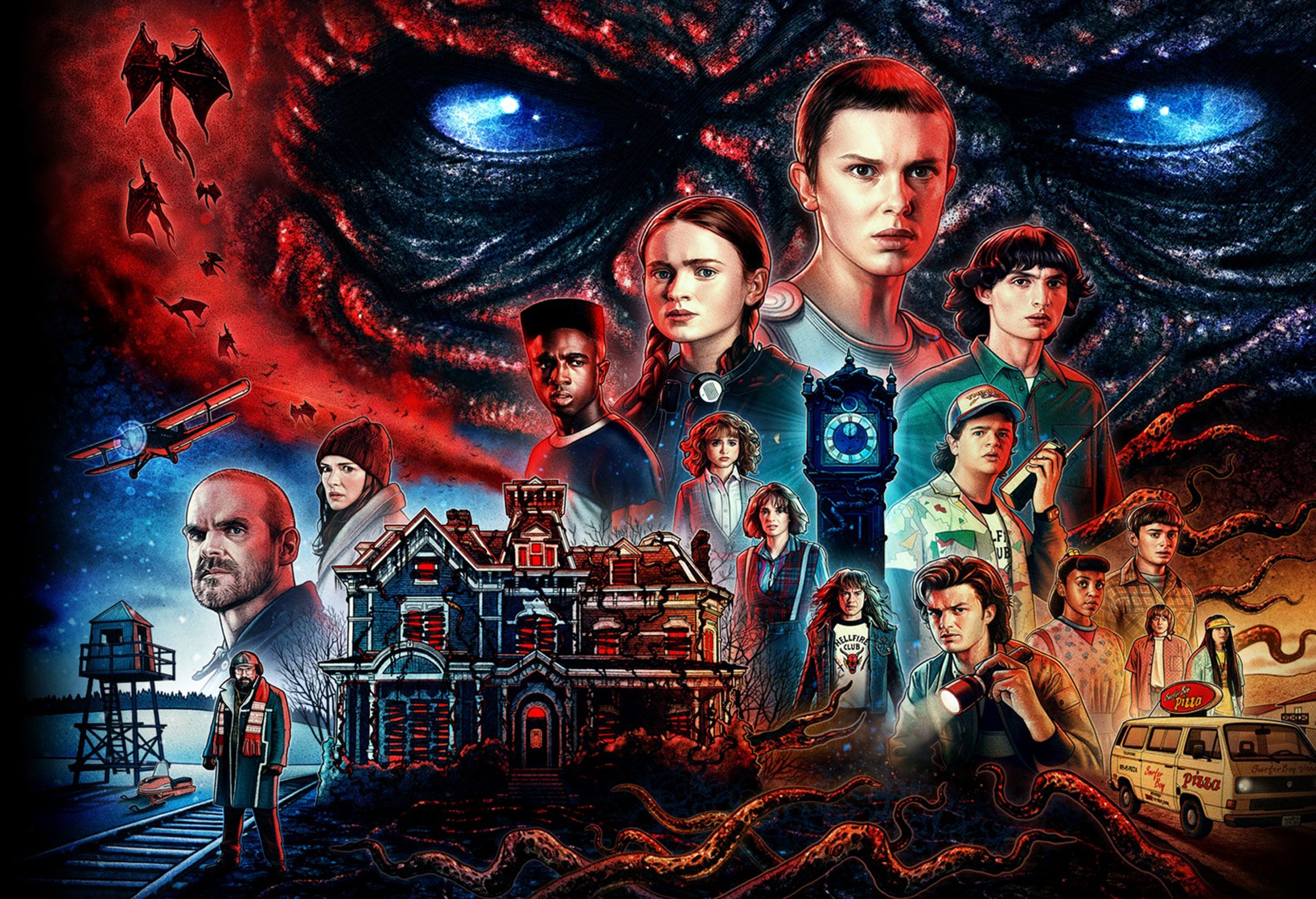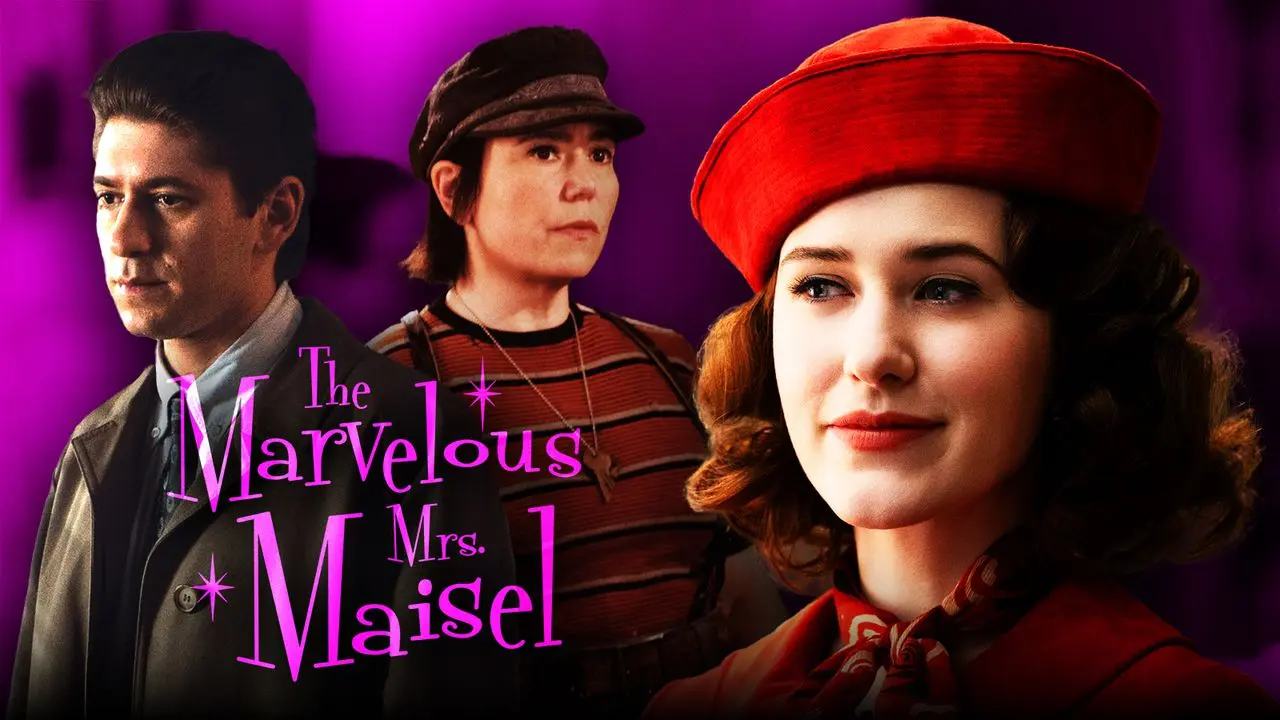Peaky Blinders, the critically acclaimed British television series created by Steven Knight, has enthralled audiences around the world with its gripping depiction of organized crime in post-World War I Birmingham, England. Known for its stylish cinematography, complex characters, and intense storytelling, the series has become a cultural phenomenon, earning a devoted fanbase and critical acclaim. As the highly anticipated sixth season approaches, viewers can expect a riveting continuation of the Shelby crime family’s saga, replete with new challenges, unexpected alliances, and the ever-looming threat of downfall.

A Glimpse into the World of the Peaky Blinders
Set in the aftermath of World War I, Peaky Blinders explores the lives of the Shelby crime family, led by the enigmatic and ambitious Thomas Shelby, portrayed by the incomparable Cillian Murphy. The series delves into the criminal underworld of Birmingham, where the Shelby siblings—known for sewing razor blades into the peaks of their flat caps—establish their dominance through cunning strategies, political maneuvering, and sheer force.
The Shelby family’s rise to power is marked by violence, betrayal, and unwavering loyalty to their own. At the heart of it all is Thomas Shelby, a war veteran haunted by his experiences on the battlefield and driven by a relentless desire for power and control. His intelligence, ruthlessness, and strategic acumen make him a formidable force, garnering both admiration and fear from those around him.
Stylish Cinematography and Atmospheric Setting
One of the defining features of Peaky Blinders is its impeccable cinematography, which captures the gritty atmosphere of post-war Birmingham with breathtaking precision. The series employs a distinctive visual style, characterized by dark, moody lighting, meticulously crafted period details, and sweeping shots of the city’s industrial landscape. This attention to visual aesthetics elevates the storytelling, immersing viewers in a world of smoke-filled rooms, cobblestone streets, and shadowy alleyways.
The juxtaposition of elegant 1920s fashion with the raw brutality of the criminal underworld creates a visually striking contrast, underscoring the tension between appearance and reality in the characters’ lives. The carefully curated soundtrack, featuring contemporary rock and alternative music, further enhances the series’ unique atmosphere, infusing scenes with energy and emotion.
Complex Characters and Intense Relationships
At the heart of Peaky Blinders are its richly developed characters, each with their own motivations, flaws, and moral ambiguities. Thomas Shelby, the charismatic yet tormented leader of the family, undergoes a profound evolution throughout the series, grappling with his demons while navigating the treacherous world of crime and politics. His relationships with his siblings—Arthur (Paul Anderson), Ada (Sophie Rundle), John (Joe Cole), and Finn (Harry Kirton)—are characterized by a complex mix of loyalty, rivalry, and familial love.
Additionally, the series introduces a plethora of compelling characters, including the cunning matriarch Polly Gray (Helen McCrory), the enigmatic and vengeful Alfie Solomons (Tom Hardy), and the ambitious but troubled Michael Gray (Finn Cole). Each character possesses layers of depth, allowing viewers to empathize with their struggles and triumphs, despite the morally ambiguous choices they make.
Season 6: The Unfolding Drama
As Peaky Blinders enters its sixth season, the Shelby crime family finds itself at a critical juncture. The aftermath of the Wall Street Crash of 1929 looms large, casting a shadow of economic uncertainty over Birmingham and its criminal enterprises. Against this backdrop, the Shelby family faces new challenges, rivalries, and betrayals that threaten to dismantle the empire they have painstakingly built.
One of the central themes of the upcoming season is power—its acquisition, preservation, and the sacrifices necessary to maintain it. The Shelby family’s hunger for power, coupled with their willingness to resort to extreme measures, serves as a driving force behind the narrative. The political landscape of Birmingham becomes increasingly volatile, with the emergence of new players and shifting alliances, forcing the Shelbys to adapt or face dire consequences.
Exploration of Political Intrigue and Social Unrest
Peaky Blinders has never shied away from exploring the intersection of crime, politics, and social unrest. The series adeptly navigates the complex political landscape of post-World War I England, delving into the rise of extremist ideologies, class struggle, and the struggle for workers’ rights. Season 6 continues this exploration, delving into the broader societal issues that shape the characters’ lives and decisions.
The rise of fascism and the growing influence of extremist political movements provide a backdrop for the unfolding drama. The clash between traditional values and the winds of change mirrors the internal conflicts within the Shelby family, adding depth to the narrative and underscoring the tension between tradition and progress.
The Allure of Antiheroes: Thomas Shelby and Moral Ambiguity
One of the most compelling aspects of Peaky Blinders is its portrayal of antiheroes—characters who are morally complex, flawed, and often engage in morally questionable actions. Thomas Shelby epitomizes this archetype, capturing the audience’s fascination with his intelligence, charisma, and capacity for ruthlessness. His ability to oscillate between acts of kindness and cruelty, loyalty and betrayal, creates a character that defies easy categorization.
Thomas Shelby’s moral ambiguity challenges conventional notions of heroism and villainy, prompting viewers to grapple with their own ethical judgments. His relentless pursuit of power, combined with his moments of vulnerability and introspection, humanizes him despite his criminal endeavors. The exploration of Thomas Shelby’s psyche and the choices he makes underscores the series’ thematic depth, inviting viewers to confront uncomfortable questions about the nature of morality and the lengths to which individuals will go to achieve their goals.
Conclusion: The Legacy of Peaky Blinders
As Peaky Blinders embarks on its sixth season, it does so with the weight of its legacy and the anticipation of its dedicated fanbase. The series has become a cultural phenomenon, celebrated for its compelling characters, intricate storytelling, and visually stunning cinematography. Its ability to seamlessly blend historical events, political intrigue, and crime drama has set a standard for television excellence, earning accolades and awards from critics and audiences alike.
The impending conclusion of the series marks the end of an era, leaving behind a lasting impact on the television landscape. Peaky Blinders has not only entertained viewers but also challenged their perceptions, offering a nuanced exploration of humanity’s darker impulses and the complexities of power and ambition. As fans eagerly await the unfolding drama of Season 6, they do so with the knowledge that they are witnessing the culmination of a narrative masterpiece—one that has left an indelible mark on the genre and will be remembered as a testament to the artistry of television storytelling.


